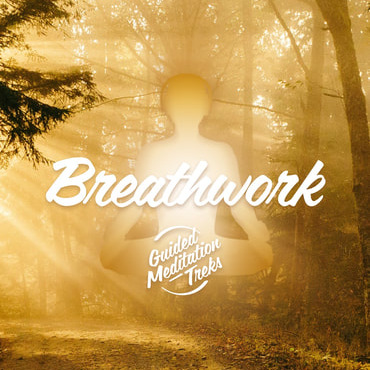HINDUISM IS THE MOST POPULAR YOGA IN THE WORLD

YAMA: THE LIMB OF RESTRAINT

The first limb as defined by the Yogasutra is restraint. It includes several sub-categories that can generally be classified as morals and ethics. These ideas are not unique to yoga. They are tenants of every major religion, even modern ethical atheism!
- Ahimsa (non-harming): Commonly extended to actions of the body, speech, and mind.
- Satya (truth): Refers to eternal truth (see my previous blog about how the ancients defined reality), but also to truthful speech.
- Asteya (non-stealing): The Yogasutra was written in a time where the Yogis renounced all physical possessions and lived in the forest to meditate. To do it right, you can’t be stealing crops from farmers! Of course, this is just good ethics not to steal, so it’s obviously still relevant today.
- Brahmacharya (chastity): The original intent of this was total abstinence. You can’t be knockin’ up a girl then ditching out into the forest! Today, this has been bent into modern culture to encourage us to channel sexual energy for other purposes besides sex, but to put it simply for single guys out there trying to get laid with no baggage, it’s always a good practice to be “dick responsible!”
- Aparigraha (non-grasping): While the yogasutra recommended leaving all worldly possessions and desires behind, obviously, 100% aparigraha is off the table in Western culture. Nevertheless, it is still an important concept to bring into our lives. Western culture surrounds itself with possessions to make us feel good. As previously mentioned, ancient Eastern philosophy deems the physical world to be an illusion; therefore, collecting stuff is only creating layers that fool us. That said, living in 3rd world squalor is no fun either. If we were totally non-grasping, there would be no need to incarnate into Earth, so why bother? Anyway, grasping for non-grasping is still grasping! Therefore, we must find a balance here. It’s ok to set intentions! That’s what makes the world go round!
SPIRITUAL BYPASSING
|
Other examples include a guy who gets a divorce but convinces himself out of living the negative emotion by suppressing it, or an unloving Buddhist father who neglects his daughter and rationalizes this by telling her that she must be non-grasping.
|
|
NIYAMA: THE LIMB OF CONSTRAINT

Religion is a big word to brandish because it often implies a belief system; however, when we consider that the word also means a ‘practice,’ then we can clearly see that doing daily stretching exercises can be a religion! For some, their religious practice is watching football every Sunday, or drinking a glass of wine every day after work. I’d argue that Niyama is the yogic limb of religion because it outlines a set of recommended practices for all practitioners of yoga. I can’t imagine how following any of these religious practices would do anyone wrong!
- Shaucha (cleanliness): I’ve been to India, and it can be a dirty place. However, when you enter an Indian’s home, not only must you remove your shoes, but Asians in general put a great deal of effort into keeping a clean home.
- Santosha (contentment): Some say that happiness makes you grateful, but the real truth is that gratitude makes you happy. If you are always striving, then you are never arriving. Take the time to appreciate life and be happy with what you have to be happy with.
Tapas (asceticism, heat, effort): Burn through the layers to find your true self. As Dr. Ellen Stansell said, “You’re going to have to find yourself yourself.”
Svadhyaya (recitation of sacred texts): Notice that they don’t specify which sacred texts you must read. This is why Yoga is not specific to any religion, and the concepts can be applied to ALL creeds! You can even recite The Origin of Species if that’s your belief system. I feel that it is important to understand that everyone believes in something, and it helps to understand what you believe in. If you say you are agnostic, then you still believe in a system or method. If you are nihilist and believe in nothing, then you still believe in something, even though that something is nothing. What DO you believe in? Be aware of it.
Ishvarapranidhana (surrender to God): The Yogasutra writers were not atheist, but their concept of god is not as the creator. It is more an eternal consciousness that flows through everything. As I like to say, “the universe provides!” If you’re a Darwinian atheist, “entropy provides!” If you are nihlist, “nothing provides!”
NOW, GO PRACTICE YOUR RELIGION!








